Swansea tidal lagoon: The environmental arguments
- Published
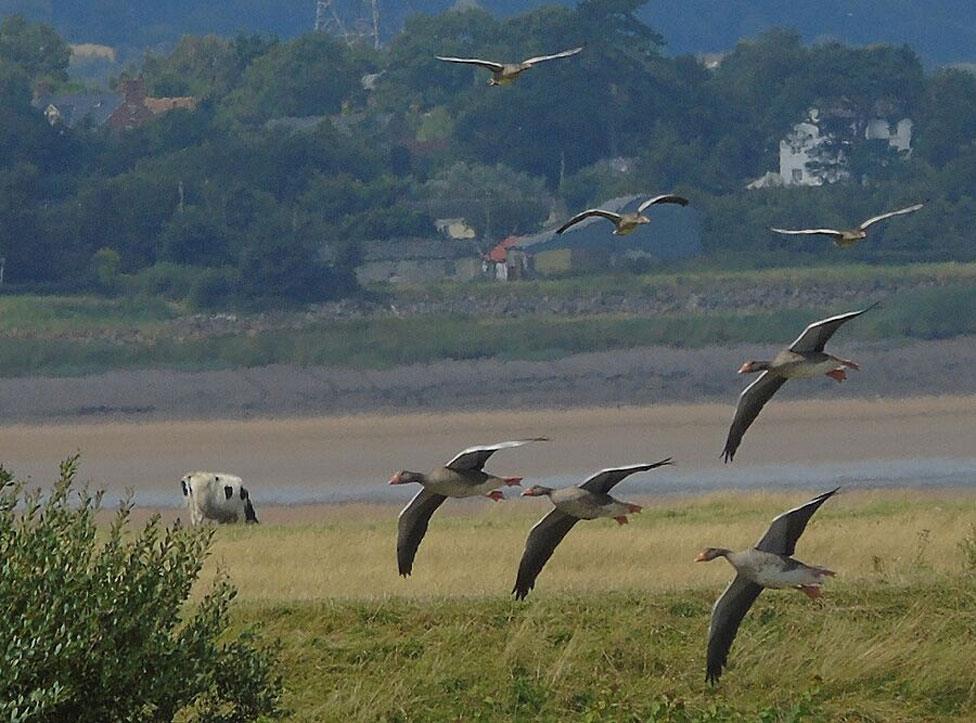
The Severn estuary is compared to a 'motorway service station' for migrating birds
With the completion of the independent review into tidal lagoon energy in the UK, what are the environmental issues involved?
The prospect of securing the world's first tidal power station off the shores of Swansea Bay is seen by many green organisations as pretty momentous.
There is cautious optimism that an independent review of the economic viability of the scheme - set to be decided upon by the end of the year - will give a thumbs up.
The £1.3bn lagoon could generate enough clean energy from the ebb and flow of the tide to satisfy 11% of electricity consumption in Wales.
It is claimed that would save about 236,000 tonnes of carbon being emitted each year, boosting efforts to combat climate change.
It is perhaps ironic then that addressing environmental concerns could be one of the next big hurdles the Swansea project faces.
Prepared to spend millions
Although planning permission has been secured, it has yet to be issued with a marine licence from the body in charge of the environment, Natural Resources Wales (NRW).
Developers Tidal Lagoon Power (TLP) say they have been involved in an "exhaustive year of scrutiny" over the likely impact on fish.
The effect the development could have on birdlife, marine mammals and tiny invertebrates living in silt in the bay and the rivers that flow into it are also a consideration.
A further five lagoons planned for the Severn estuary, north Wales and Cumbria could ultimately provide up to 10% of the UK's domestic electricity needs.
There are some who believe the environmental impact of each should be assessed before the first is given the go ahead.
Others though point to the fact that climate change is generally agreed to be the greatest threat to nature conservation and clean energy schemes like the lagoons should be prioritised.
The company believes it can enhance the environment around its lagoons and is prepared to spend millions of pounds to that effect.
As it awaits with baited breath the results of Charles Hendry's review, I have been speaking to some of the environmental voices - and TLP.

Peter Morris, Wildfowl and Wetlands Trust (WWT)
Peter Morris of WWT says wildlife data needs to be assessed fully before all the lagoon projects are rolled out
The WWT has nature reserves at Llanelli but also at its headquarters at Slimbridge on the Severn estuary, which Mr Morris describes as a "huge motorway service station" for migratory birds from Africa and the Arctic.
On the Swansea lagoon he said they were "cautiously very excited about it".
"We need green, renewable power, we need lots of it and need to find ways to get it," said Mr Morris.
"The Severn estuary out of all estuaries in the world has one of the highest tidal ranges, it's huge. If you're going to build tidal power anywhere, why not here?"
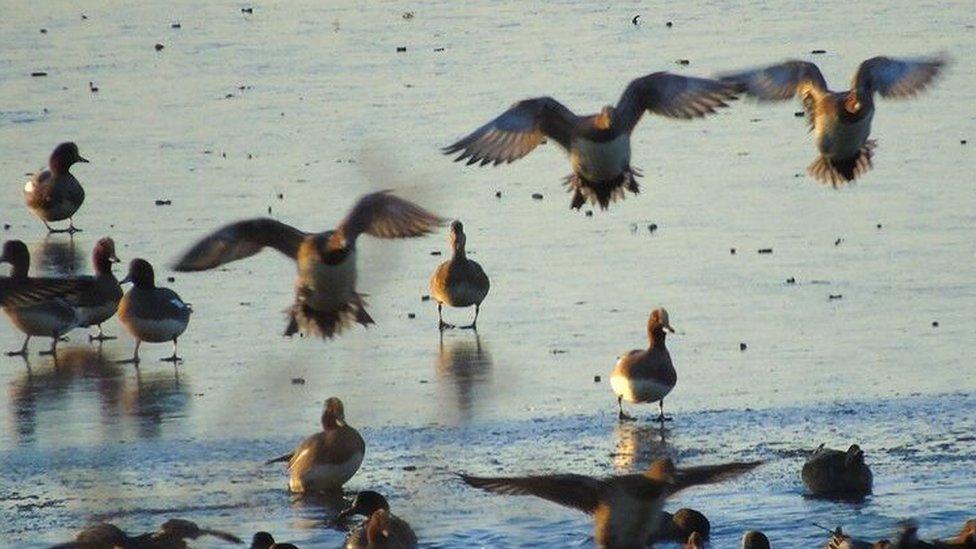
He believes the Swansea project could be "the cradle" of renewable energy to save us from climate change and global warming.
But it could be "an environmental disaster if you get it wrong".
For that reason, WWT would want the roll-out of lagoon projects to proceed with caution - over an eight-year period - to properly study the impact on fish, birds and the creatures in the mud they feed off.
"If we go too quickly you don't learn the mistakes in advance," he said.

David Clubb, director of Renewable UK Cymru
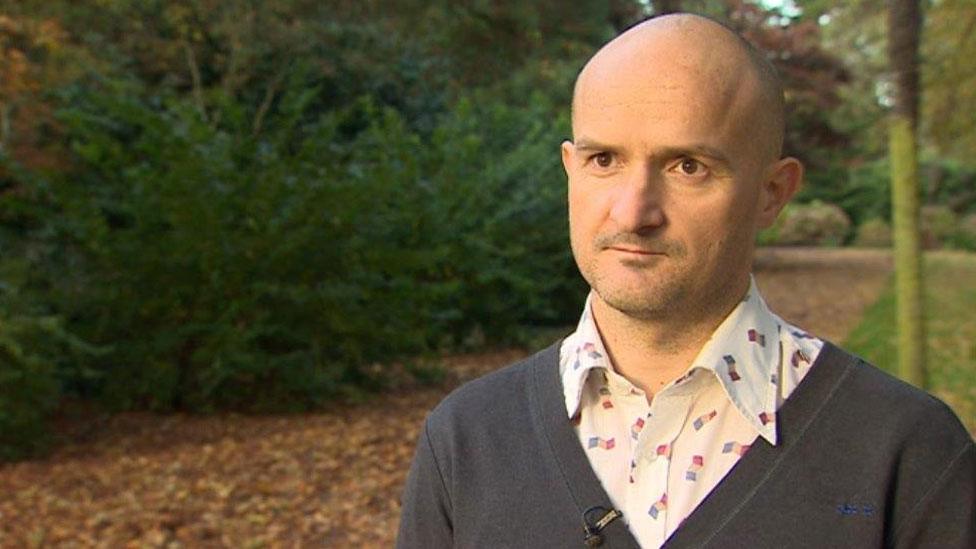
Mr Clubb said it was a once-in-a-hundred-year opportunity, and a similar vision was needed to Victorian infrastructure pioneers like Brunel.
"It's too big an opportunity to pass up, not just for Swansea but Cardiff, Newport and all of those areas of deprivation in the valleys, as well as the low carbon and green energy that would be produced," he said.

Mark Lloyd, chief executive of the Angling Trust and Fish Legal
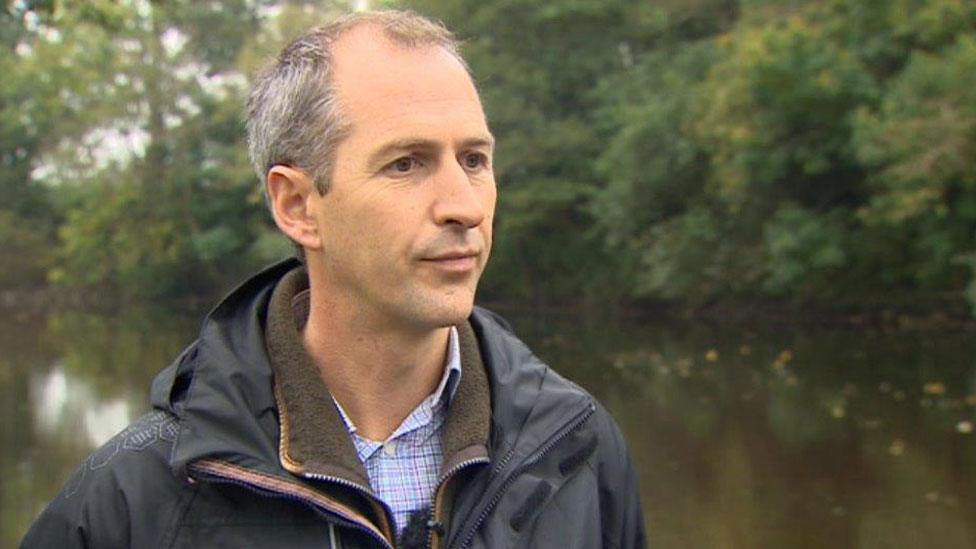
The organisation represents angling clubs and people who fish in England and Wales and is not convinced.
Mr Lloyd believes as well as fishing in the rivers around Swansea and Neath, salmon and sea trout fishing in the Usk could be affected.
He said the lagoon was "expensive and unproven technology" while he claims the environmental modelling is based on more fast-flowing rivers in Norway.
"We know anecdotally fish swim around for a long time out in the Severn estuary, going back and forth on the tide in this very sediment-rich water - and we know they have to wait for a long time for enough flow in these south Wales rivers to go back upstream.
"You shouldn't carry out a giant experiment like this using public money in such a sensitive environment, which is so delicate and with so many threatened species in it.
"Swansea only works from an economic point of view if you build all the other lagoons as well. If you build all the other lagoons you have a very big environmental impact with a lot of unknown consequences, not just on fish."

Mark Shorrock, chief executive of Tidal Lagoon Power

The developers are confident they have a strong environmental case, and that bird life could even benefit from the lagoon.
"We think we've been able to evidence very, very clearly that there will be negligible impact on fish, but that hurdle is still to come. We need the marine licence," said Mr Shorrock.
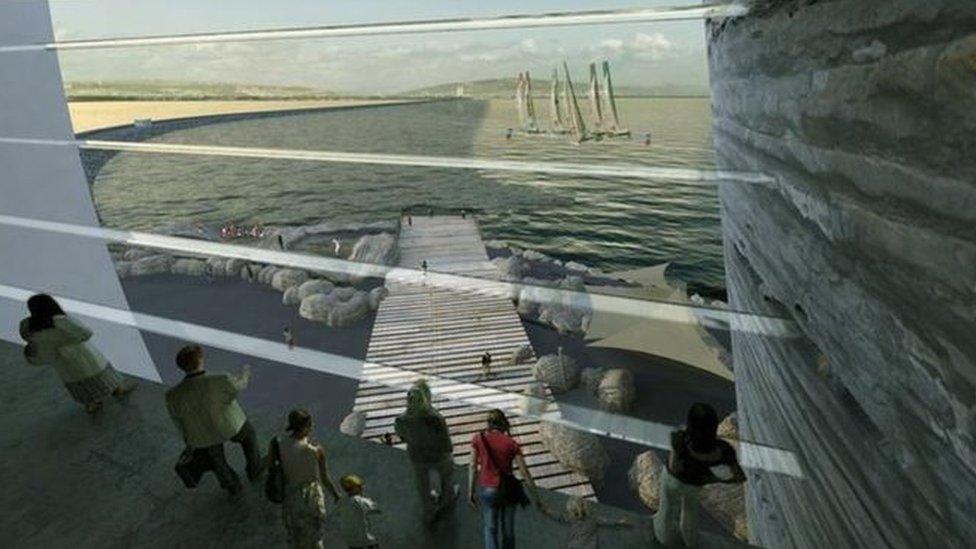
There has been computer modelling of how often a trout or salmon swims into Swansea bay, the chances of it encountering a turbine and getting struck.
"You couldn't have more robust fish data by perhaps the top five fish scientists in the UK.
"We've been asked to run some pretty huge assumptions - for example that the fish will encounter turbines for 24 hours a day, even though the gates are shut for 10 hours a day and they can't swim against the ebb tide. Even then we're still showing nigh on negligible impact on fish."
Watch Tidal Lagoon Power's video of how the turbines would work
He said they had support from sea anglers, with the belief that the lagoon's hard rock breakwaters - replicating the sub-sea area around Mumbles pier - would help provide an increasing habitat for lobster and crab, and hatcheries for sea bass, herring and pollock.
'Harsh environment'
Once the lagoon is in place, he believes birds will use the inter-tidal areas - and the British Trust for Ornithology will be tracking species like curlew, shell duck and dunlin.
It would be 15 months after the start of energy production at Swansea lagoon before the developers would look to start building one in Cardiff - and in that time more than four years of data would have been gathered.
"The fundamental key point of tidal lagoon is that it doesn't really impact [upon] nature," said Mr Shorrock.
"You have an inter-tidal area which still washes in and still washes out. This isn't about a Severn barrage with a division between freshwater and saltwater and mankind frankly not knowing what it's messing with.
"We understand the model pretty accurately - how much inter-tidal will be lost if we build a breakwater on it; there's a very strong case that ultimately lagoons are not just going to create more inter-tidal but also create more protectors.
"It's a very harsh environment. The Severn makes it harder to live in than The Wash of the Humber. We're hearing quite a lot of people saying we think birds will start using the areas inside the lagoons more because it will be less energetic, less extreme in its variations."
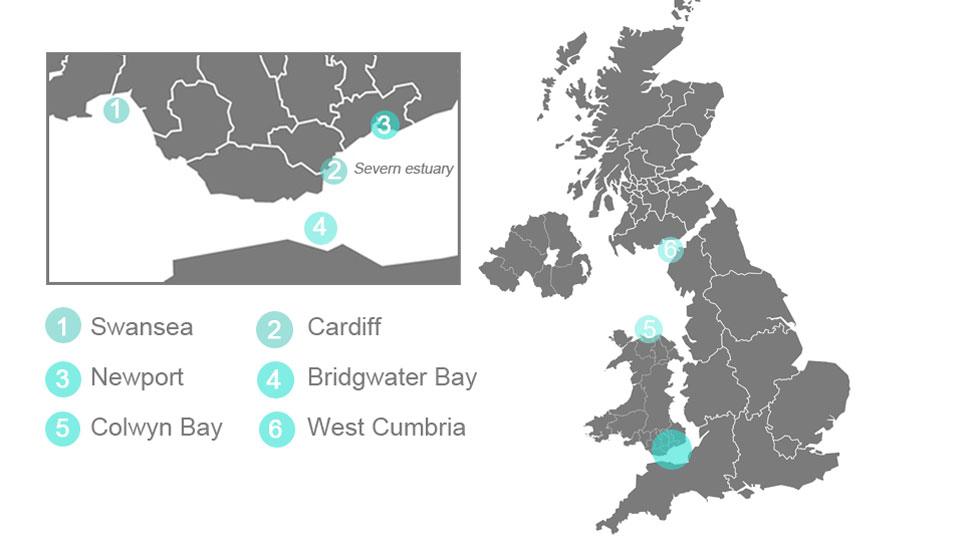
There are currently six projects, with the eventual hope for a network of nine lagoons across the UK by 2030, which it is claimed could lead to a reduction in carbon dioxide of 136 megatons.
"Our vision is that Wales will play an enormous part in delivering the Paris Agreement and it will do that in delivering Swansea, Cardiff, Newport and Colwyn Bay tidal lagoons," said Mr Shorrock.
- Published7 November 2016

- Published7 November 2016
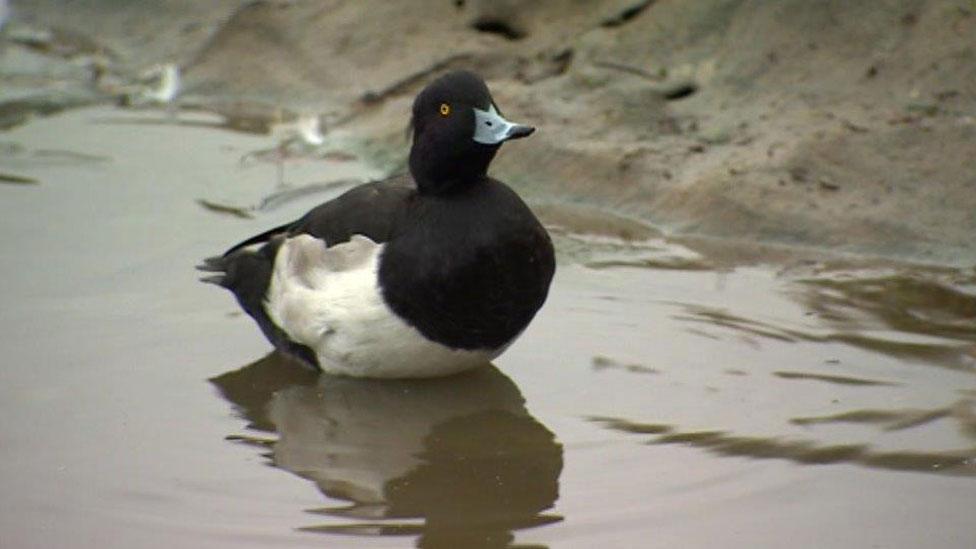
- Published10 February 2016
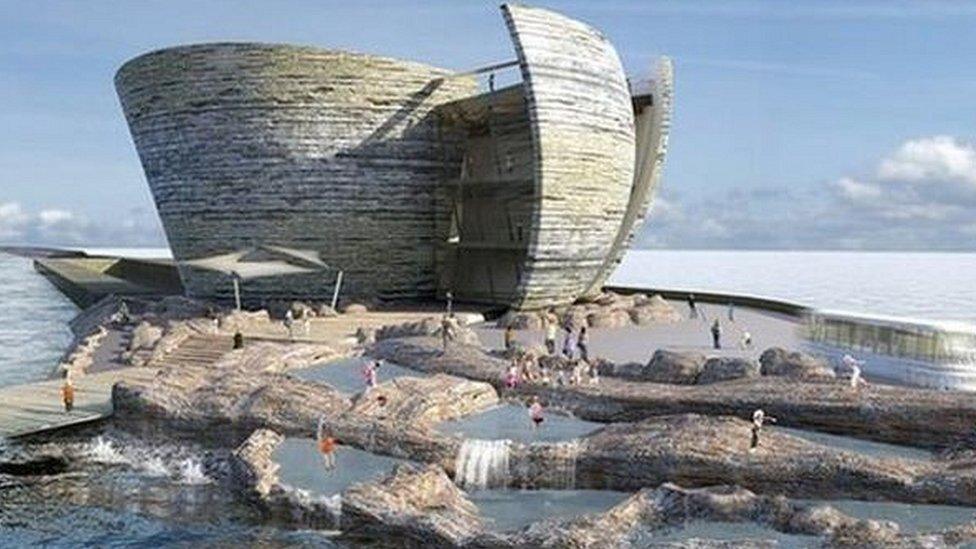
- Published3 March 2015
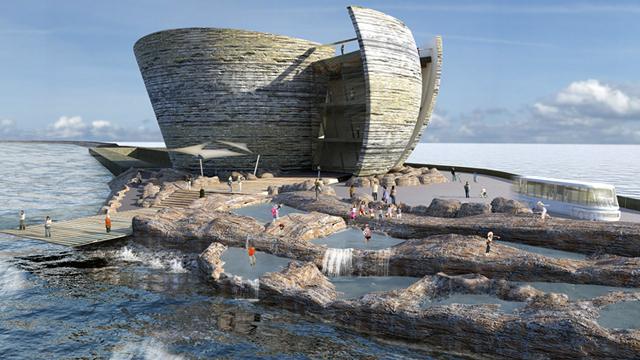
- Published10 June 2015
